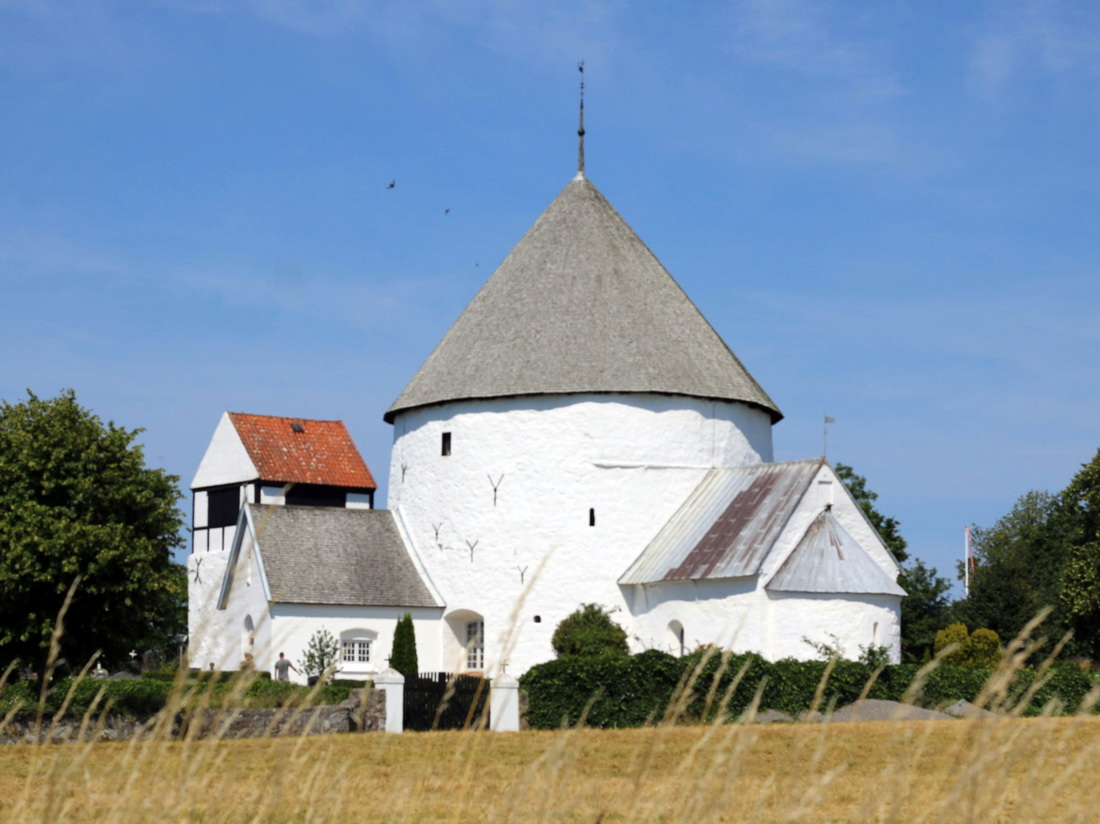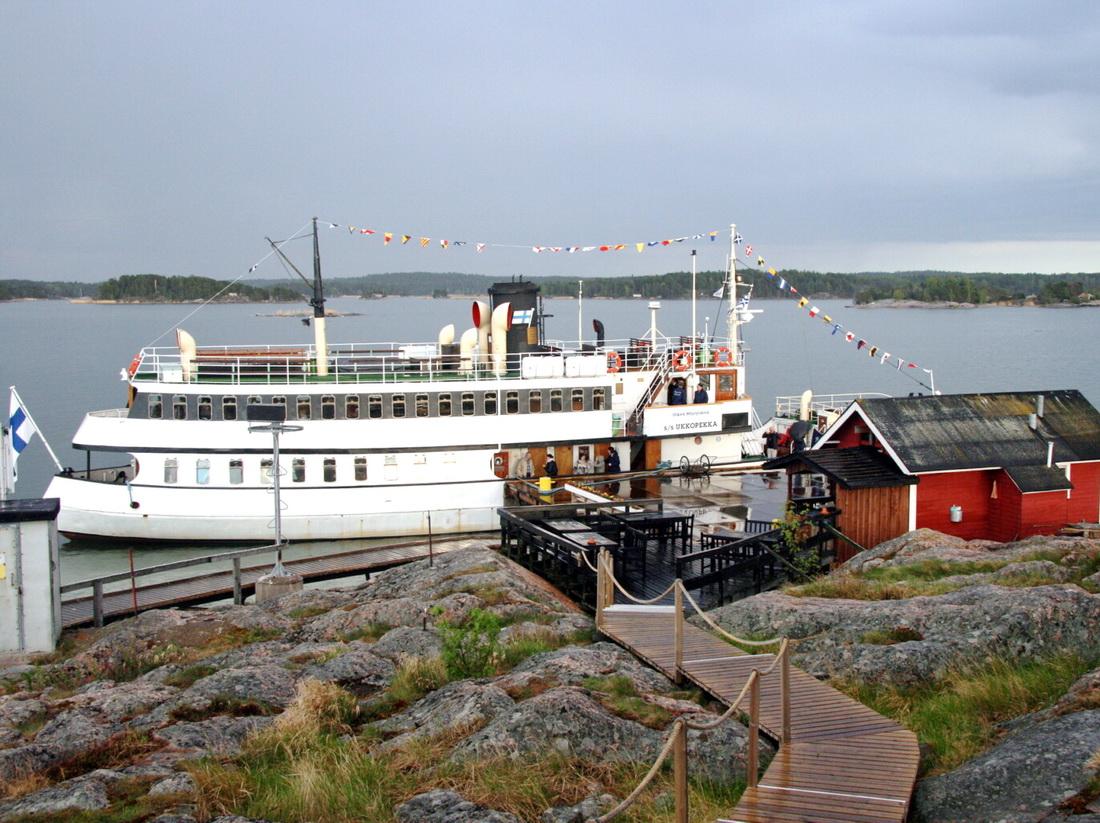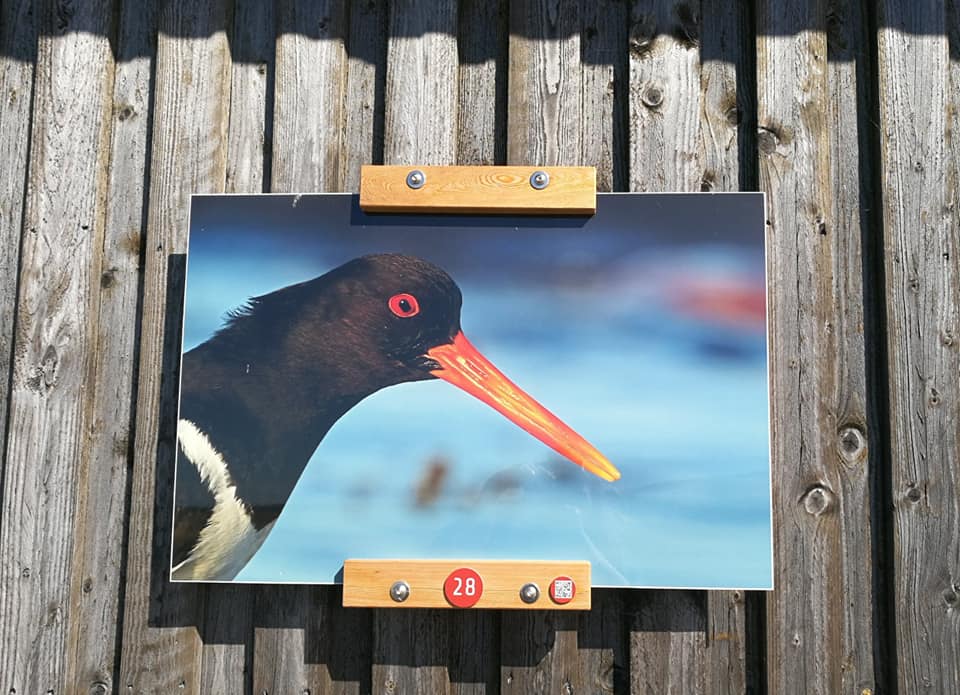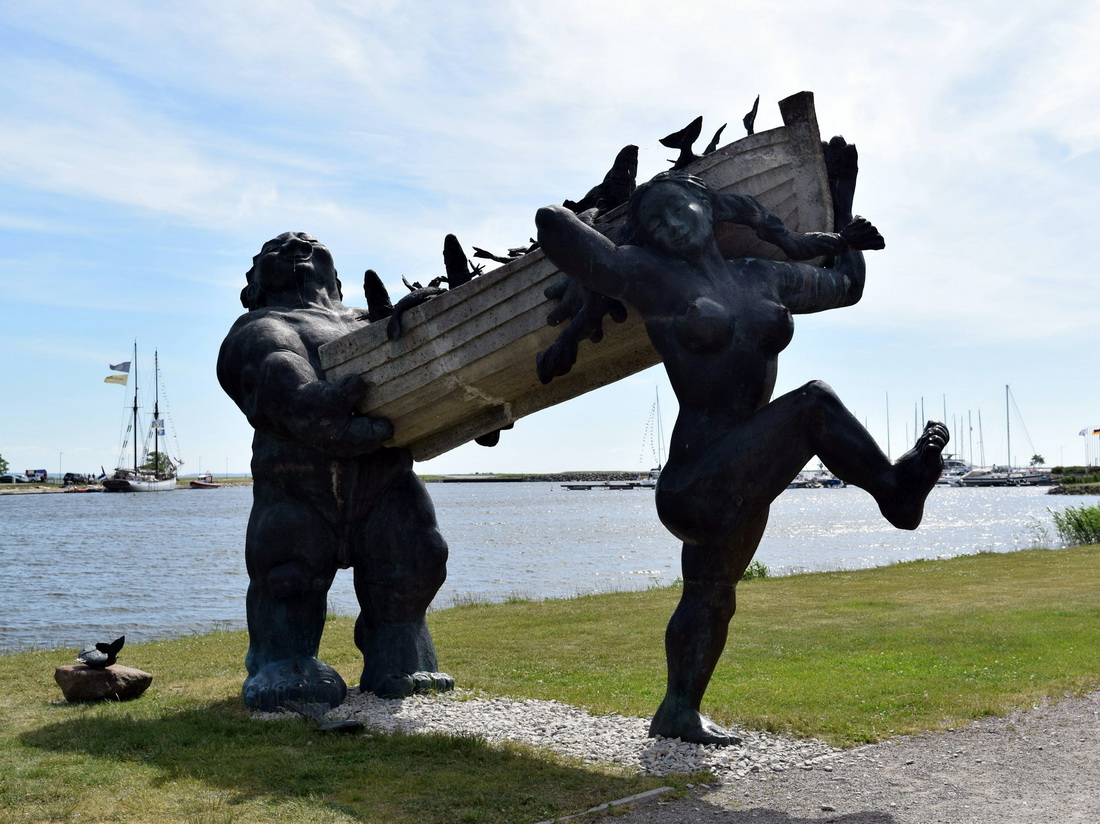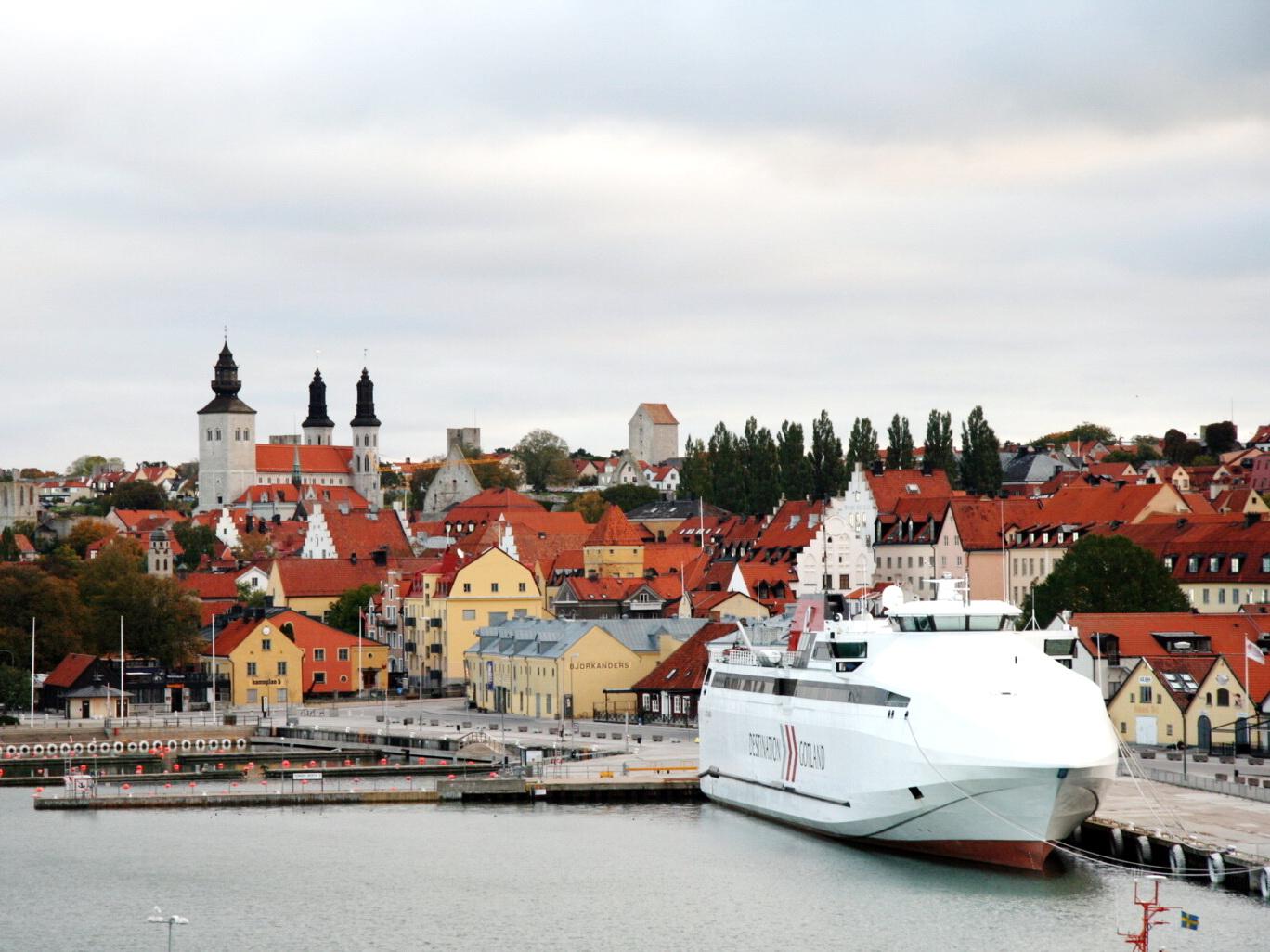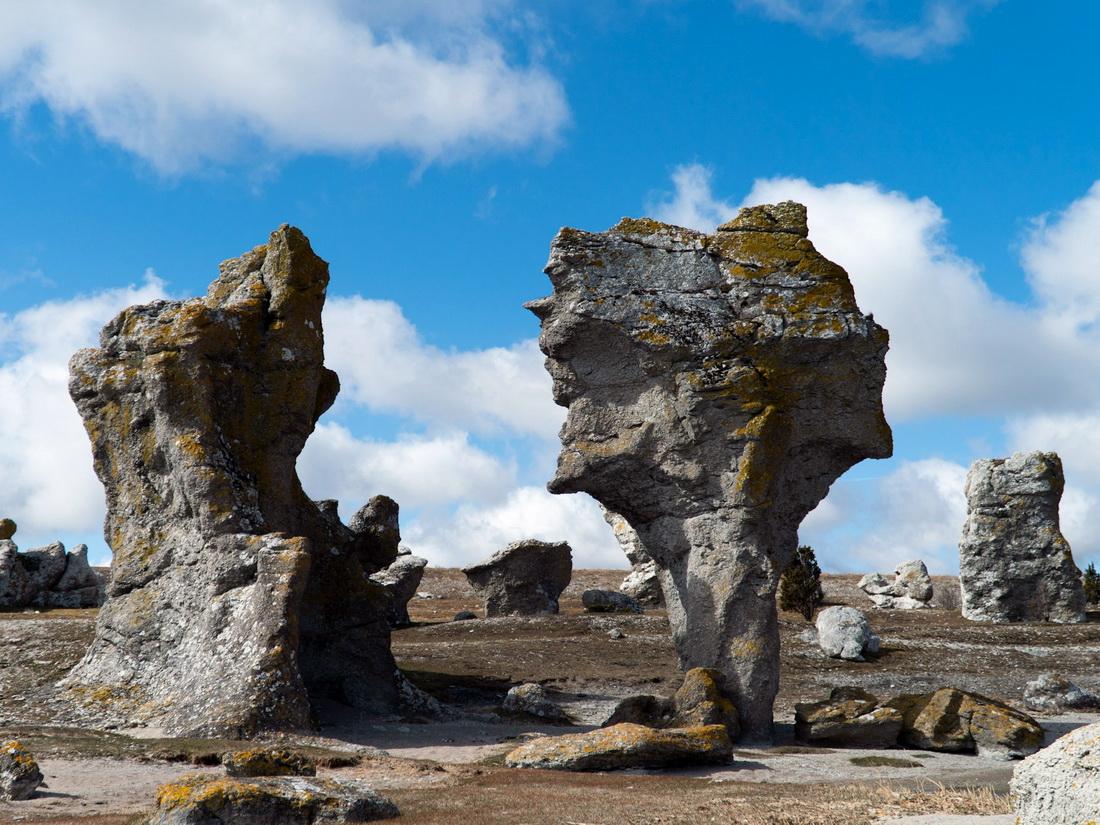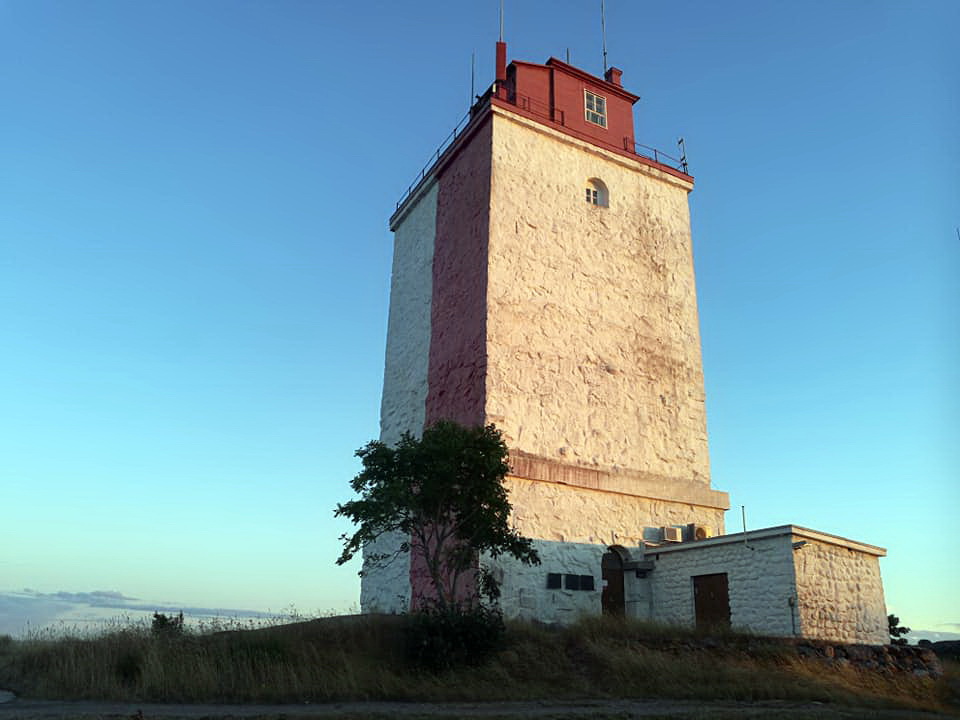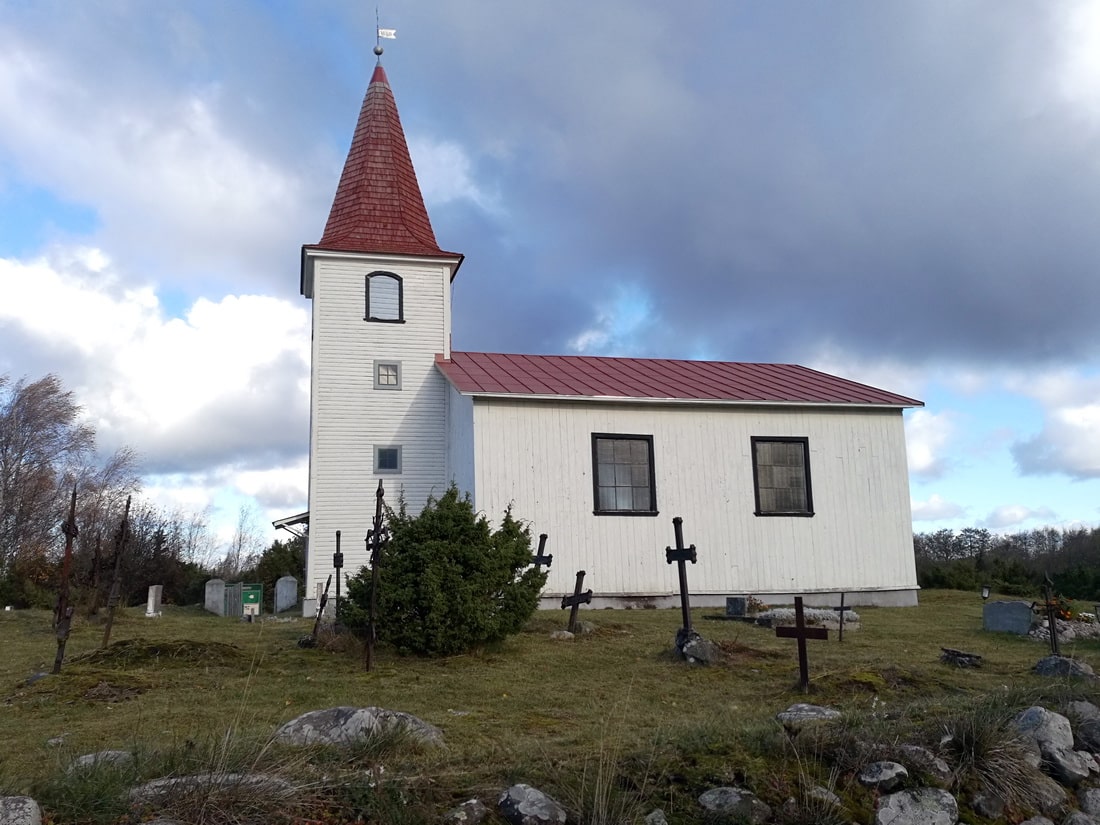Here are some of the Baltic Sea islands I can’t forget — because something about them lingered: a stretch of wind, a strange snack, a conversation I didn’t expect.
Some are well-known, others barely visible on the map. But each one is real, reachable, and worth the detour — especially if you like travel with a bit of texture.
Ærø, Denmark
I spent the whole first day walking around with my mouth slightly open. The tiny doors, the crooked windows, the old iron latches — Ærøskøbing looks like something out of a Hans Christian Andersen story. Not the cheerful kind, but the ones with crooked chimneys, long shadows, and the breaking news behind lace curtains.
The town hasn’t changed much since the 1700s. Around 200 houses stand just as they did centuries ago, gently aged, not frozen in time. It’s like a town-sized open-air museum, only people actually live here — watching TV or adjusting little model ships, often with no curtains at all..
Few outside Denmark even know Ærø exists, and that’s part of the charm. You get there by ferry from Svendborg. A beautiful place to visit — and just odd enough to linger in your mind.
Bornholm, Denmark
Bornholm feels like Denmark’s wild cousin — the one who smokes fish, wears hiking boots, and tells stories by the fire — the real one, in the fireplace.
I stayed with a family that had lived here for centuries. We ate every kind of fish you can imagine and talked about everything under the sun. The living room was cold — really cold — but no one seemed in a hurry to add more logs to the fireplace. Not neglect, not thrift — just a long-standing habit and a firm belief in healthy indoor climates.
The younger generation has drifted to Copenhagen, but maybe one day they’ll come back.
There are cliffs, pine forests, and a coastline that’s never still. And then — the round churches. White, solid, and slightly surreal — like fortresses from a fairy tale, with model ships hanging from the ceilings.
You reach Bornholm by bus and ferry from Copenhagen — and arrive in a different state of mind.
Round Churches
There are seven round churches in Denmark. The four most famous? All on Bornholm — white, sturdy, and straight to the point.
- Built: in the 12th century
- Served as: churches, fortresses, and granaries
- Inside: model ships often hang from the ceiling
These churches were built to be defended — barred doors, openings above. It is an island, after all.
Loistokari, Finland
Takes five minutes to walk around. Probably the smallest inhabited island I’ve ever been to — and the barest. Just rock, a few wiry birch trees, and one house.
A lighthouse keeper once lived there with his wife and eleven children. They say the youngest were tied to the wall so they wouldn’t roll into the sea.
The only island I saw on a guided tour — and still, it left a mark. We came on the S/S Ukko Pekka, a 1938 steamship from Turku.
Long tables, quiet chatter, smoked salmon and blood sausage served without fuss. Then someone handed out lyrics. Aamu Airistolla started playing — one of those soft, nostalgic Finnish songs about the sea and home — and even the shy ones were singing.
Åland Islands, Finland
I’ve been to the Åland Islands twice now and walked hundreds of kilometres — over bare rock, along quiet roads, and across ferry decks — just watching, listening, soaking it in.
Most visitors stop at Mariehamn — with its wooden villas, sea-scented parks, and excellent maritime museum — and then move on.
But the real Åland is scattered across the smaller islands: Kökar, Källskär, and places with more silence than shops.
And when you meet the people whose families once lived here — who now come back every weekend, all year round, spending their holidays here too, taking the ferry from Mariehamn to chop wood, coax strawberries from stubborn soil, or make beautiful ceramics in a windswept shed — you take your hat off.
Everything moves at its own pace. Ferries are lifelines. Time bends a little. If you’re planning a trip to the islands, here’s my Åland Islands Travel Guide →
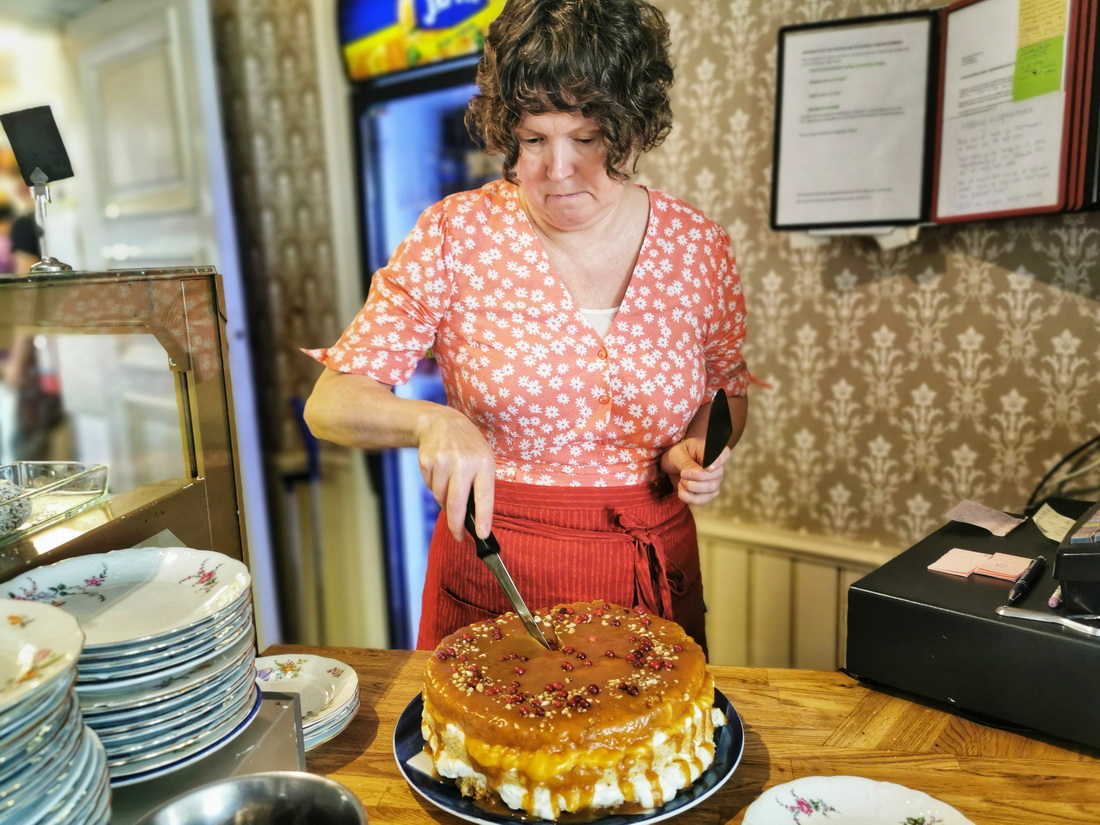
A rare pause in Mariehamn — the best cake, and a story to go with it, before heading back to the quiet islands.
Utö, Finland
This is Finland’s southernmost inhabited island, and it really does feel like the edge. A lighthouse — pink and white, and partly a chapel — two hotels, one grocery shop, and miles of wind. The sea is everywhere.
Utö has a complicated past. It was once the most important pilot station in the archipelago — a place of skilled seafarers and sudden storms. Now a small corner of the island is closed off for military use.
It takes about five hours to get here from the mainland by a free ferry. It’s not a quick visit, and that’s the point. On Utö, you listen more and talk less. Perfect for anyone in need of distance — from everything.
And what a tour they give here! I’m not usually a fan of guided tours — too many words, too little meaning — but this one was spot on. Clear, personal, full of stories that stick. Highest marks.
Saaremaa & Hiiumaa, Estonia
I’ve been to Saaremaa at least ten times. It’s that kind of island. Kuressaare has cafés, spas, a medieval castle, and just enough bustle. The rest is windmills, juniper groves, beach grass, and sea.
And birds. An almost unbelievable number of birds. Saaremaa is a quiet paradise for birdwatchers — and for orchid lovers too. Nearly all of Estonia’s native orchids grow here, not in greenhouses, but in real meadows. The people who know, know.
Hiiumaa is different. Quieter, wilder, more wind than people. I love it most for one thing: the Kõpu lighthouse. Built in the 1530s, it still works — and still moves something in me every time I climb it.
And then there’s Kärdla, the island’s small capital. No big sights, no famous views — just calm streets, wooden houses, and a rare sense of wholeness.
Gotland, Sweden
Gotland swept me off my feet — starting with Visby, small and dense with history, and then even more so further out.
I was so overwhelmed, so completely in love with the city, that I think I slightly disappointed the woman I was renting from. She was ready for pancakes and a proper chat about the world’s latest messes. I just sat there, speechless, and said: It’s too beautiful.
I took a long, slow trip to the far end of the island just to see the raukar — strange, wind-carved stone formations that look like something from another planet.
In August, the whole island goes medieval. Book early if you’re coming for the festival — or avoid it if you prefer quiet cobblestones.
And just next to Gotland is a smaller island — Fårö, where the great Swedish director Ingmar Bergman lived — and dreamed. But that’s another story.
Lighthouses of the Baltic Islands
The Baltic doesn’t do drama — except when it comes to lighthouses. Nearly every island has one: weathered, watchful, often slightly absurd.
- Utö (Finland) – pink, white, also a chapel, obviously
- Sõrve (Saaremaa) – black and white, end-of-the-world material
- Tahkuna (Hiiumaa) – pale and elegant, good with mist
- Hammeren (Bornholm) – high, windy, full panorama guaranteed
- Kõpu (Hiiumaa) – 1530s, still working, still magic
Some you can climb. Some you just stand beneath and stare.
Prangli, Naissaar
You don’t need to leave the city to reach these — all three islands near Tallinn make great day trips. For more about Tallinn and nearby islands, check out my Tallinn Travel Guide →.
Prangli is the furthest but the most alive — about 70 residents, a school, a shop, and mushroom forests. I once watched a kid ride a bike with a loaf of bread under one arm and thought: this is real island life. I’ve written more about Prangli in my full story →.
Naissaar has Soviet-era bunkers, a lonely lighthouse, and wild nature shaped by constant wind. Even the pines look different here — tougher, twisted, like they’ve learned to stand their ground. Once, I came across a group of wild boars on the path — they looked just as surprised as I was. But don’t worry, you’ll be far from alone in July.
What to Eat on Baltic Islands
Of course, the food is part of the memory too. Not grand, not fancy — but right for the wind and weather.
- Åland pancakes – dense, cardamom-heavy, unapologetically square

Åland pancakes: golden, spiced, and always served with jam and whipped cream. Beautiful in their own way.
- Smoked herring on Bornholm – soft, salty, straight from the boat
- Saffron buns on Gotland – dryish, golden, gone too fast
- Karjalanpiirakka on Utö – barely warm, very Finnish, served with egg butter
- Beer on Saaremaa – crisp, herbal, brewed by someone who knows the sea
And yes — always coffee. Usually strong.
Marking Your Spot on Baltic Sea Islands
Maybe it’s the salt in the air. Maybe it’s the quiet. Or maybe it’s just how islands make space — in the landscape, and in your head.
These Baltic Sea islands aren’t flashy. Some don’t even have restaurants. But they have something I never quite get enough of — wind, silence, and that feeling of being far and close at once.
And the people you meet — the ones who stay, who return, who know every rock and storm — they stay with you too.
And the best part? They’re not far. Just a ferry away.
If you go, take your time.
If you’ve already been — then you understand.









